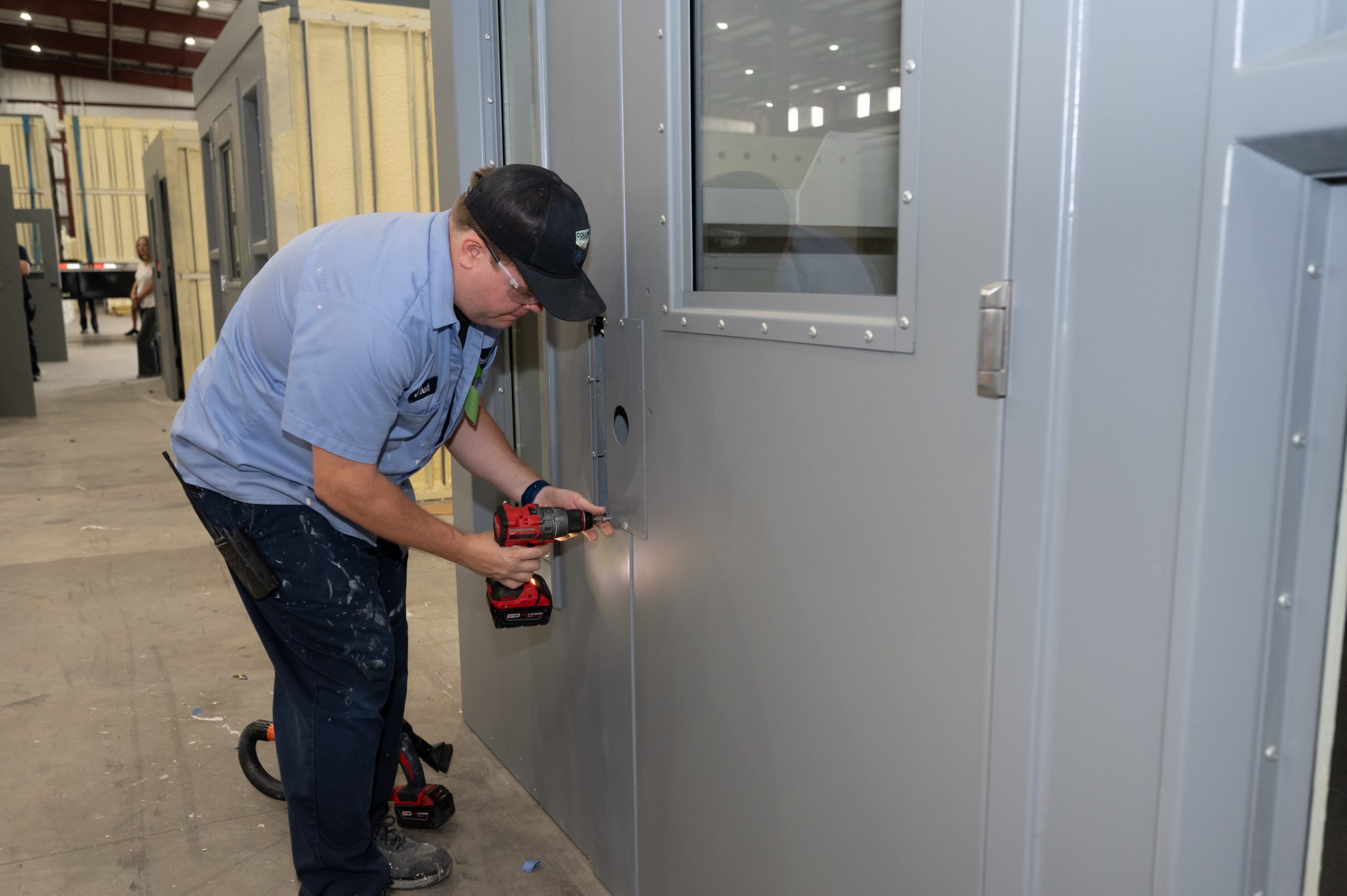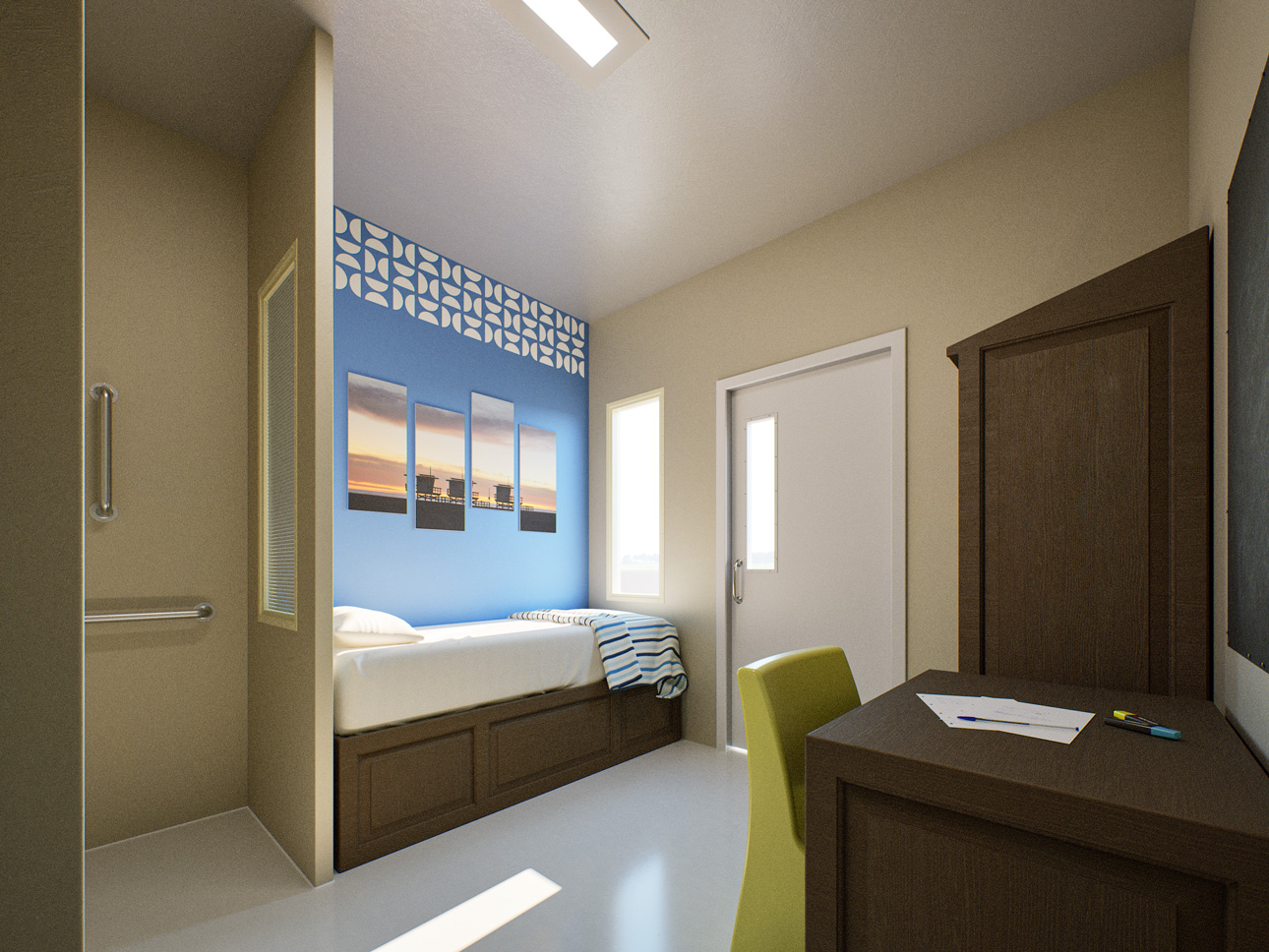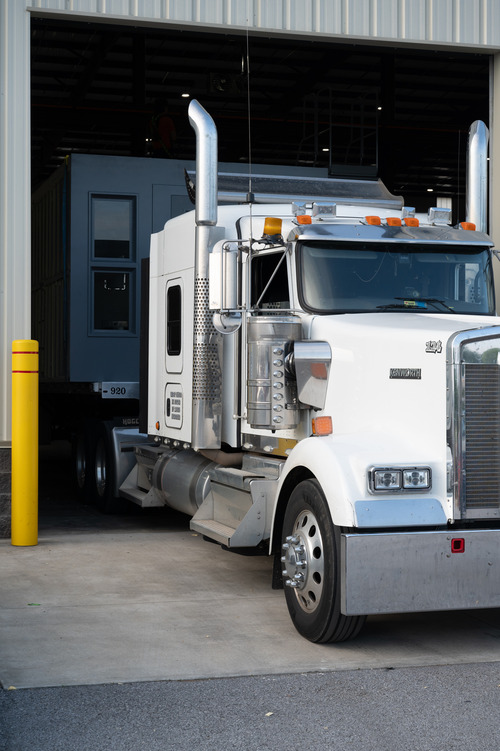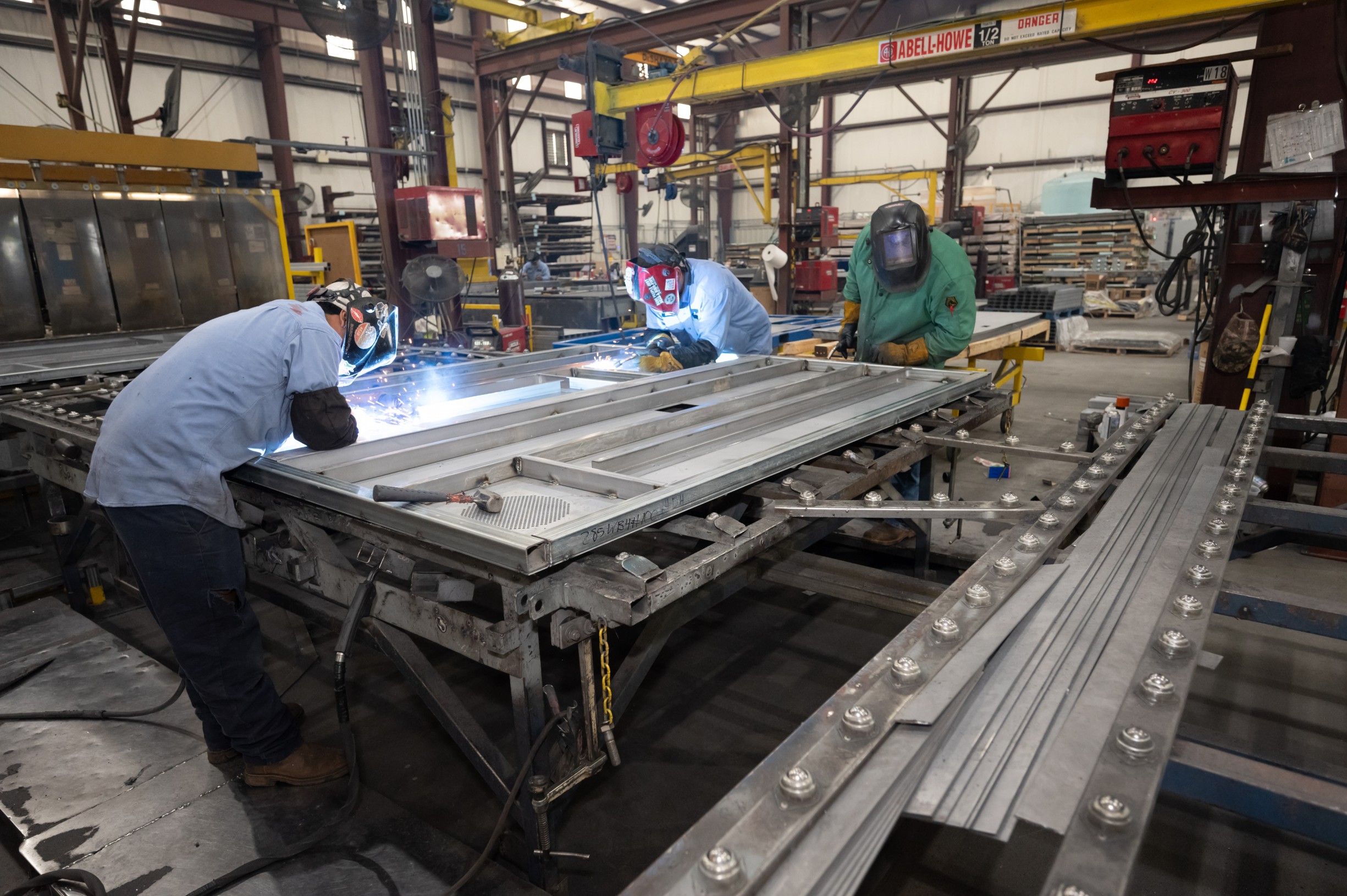Electromagnetic Door Locks for Sliding Doors: Enhanced Security for Justice Environments
Electromagnetic locks offer a secure and efficient solution for sliding doors in various settings. These locks use an electric current to create a strong magnetic field, holding the door firmly in place when activated. Electromagnetic locks for sliding doors can provide up to 1,200 pounds of holding force, making them highly effective for security purposes.
The installation of electromagnetic locks on sliding doors is relatively straightforward, as they don’t require complex mechanisms or interact with door handles. This makes them a popular choice for many facilities. Electromagnetic locks don’t interact with levers or door knobs, which simplifies their operation and maintenance.
Recent advancements have led to the development of concealed power and signal transfer systems for sliding doors using electromagnetic induction. This innovation enhances both the aesthetic appeal and functionality of sliding door locking systems, making them even more versatile for various applications.
Key Takeaways
- Electromagnetic locks provide strong security for sliding doors with minimal mechanical components
- Installation and maintenance of these locks are typically simpler than traditional locking mechanisms
- New technologies are improving the functionality and appearance of electromagnetic locks for sliding doors
Electromagnetic Lock Basics for Justice Facility Environments
Electromagnetic locks are crucial security devices in detention centers and other environments that require high security. They provide strong, reliable locking mechanisms for sliding doors. These locks use electromagnets to secure doors and can be easily controlled remotely.
Definition and Functionality
Electromagnetic locks, or mag locks, are locking devices that use electromagnets to secure doors. In justice facilities, they are often used on sliding doors to control access and maintain security.
These locks consist of an electromagnet attached to the door frame and a metal plate on the door. When powered, the electromagnet creates a strong magnetic field that holds the plate firmly in place.
Electromagnetic locks can withstand high amounts of force, making them ideal for secure areas. They can be easily integrated with access control systems, allowing for quick locking and unlocking as needed.
Components of an Electromagnetic Lock
The main components of an electromagnetic lock include:
- Electromagnet: A powerful magnet that activates when electricity flows through it
- Armature plate: A metal plate attached to the door that is attracted to the electromagnet
- Power supply: Provides electricity to the electromagnet
- Control unit: Manages the lock’s operation and integrates with access control systems
Additional components may include:
- Door position sensors
- Request-to-exit devices
- Backup power systems
These components work together to create a reliable and secure locking mechanism for sliding doors in justice facilities.
Working Principle of Electromagnetic Locks
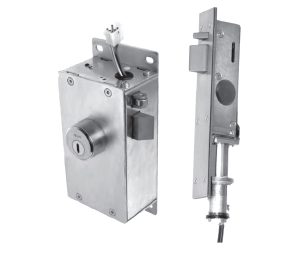 Electromagnetic locks operate on a simple principle. When electricity flows through the electromagnet, it creates a magnetic field. This field attracts the armature plate on the door, holding it firmly in place.
Electromagnetic locks operate on a simple principle. When electricity flows through the electromagnet, it creates a magnetic field. This field attracts the armature plate on the door, holding it firmly in place.
The strength of the lock depends on the power of the electromagnet. Most electromagnetic locks used in justice facilities can withstand several thousand pounds of force.
When power is cut off, the magnetic field disappears, and the door can be opened. This fail-safe design is important in emergencies, allowing quick evacuation if needed.
Electromagnetic locks are often paired with access control systems for added security. These systems can control multiple doors and track access attempts.
Types of Electromagnetic Locks for Sliding Doors
Electromagnetic locks provide secure locking solutions for sliding doors. These locks use electric currents and magnetic fields to keep doors firmly closed when activated.
Fail-Safe Locks
Fail-safe electromagnetic locks remain unlocked when power is cut off. This makes them ideal for emergency exits and high-traffic areas. They use an electromagnet to hold a metal plate, keeping the door locked when powered.
During power failures, fail-safe locks automatically release. This allows quick evacuation if needed. Many sliding door systems use fail-safe locks for safety reasons.
Fail-safe locks require constant power to stay locked. They’re often combined with backup power supplies for added security. Some models include built-in timers to control access during specific hours.
Fail-Secure Locks
Fail-secure electromagnetic locks stay locked when power is lost. They use a spring-loaded bolt or pin that extends into the door frame. The electromagnet retracts this bolt when powered, allowing the door to open.
These locks offer high security even during outages. They’re commonly used in areas requiring strict access control. Fail-secure locks may need manual override options for emergencies.
Many fail-secure locks integrate with access control systems. This allows for keycard or biometric entry. Some advanced models include alarm functions to detect forced entry attempts.
Shear Locks
Shear electromagnetic locks use a unique locking mechanism. They have interlocking components on both the door and frame. When powered, these parts align and lock together with strong magnetic force.
Shear locks work well for sliding glass doors. They’re less visible than other lock types. The slim profile preserves the door’s appearance.
These locks can withstand high force from multiple directions. This makes them very secure against break-in attempts. Some shear locks include position sensors to monitor if the door is open or closed.
Safety and Compliance Standards
Electromagnetic locks for sliding doors must meet strict safety and compliance standards. These standards ensure proper function and protect building occupants. Key areas of focus include fire safety codes and electrical certifications.
Fire and Life Safety Codes
Fire and life safety codes are critical for electromagnetic locks on sliding doors. These locks must allow for quick egress during emergencies. Most codes require:
- Immediate release upon fire alarm activation
- Manual release switches near the door
- Automatic unlock during power failures
The International Building Code (IBC) sets standards for these locks. It limits their use to specific building types and occupancies. The code also mandates regular testing and maintenance.
Local fire marshals often inspect these systems. They check for code compliance and proper function. Building owners must keep detailed records of all tests and inspections.
Electrical Safety Certifications
Electromagnetic locks must meet strict electrical safety standards. Key certifications include:
- UL 294: Standard for Access Control System Units
- UL 1034: Standard for Burglary-Resistant Electric Locking Mechanisms
- CE marking for products sold in the European Union
These certifications ensure the locks are safe and reliable. They test for factors like:
- Voltage and current limits
- Electromagnetic interference
- Temperature resistance
- Durability under repeated use
Manufacturers must design locks to prevent electrical hazards. This includes protection against short circuits and overheating. Regular testing helps maintain these safety features over time.
Installers must follow specific guidelines for wiring and power supply. Proper grounding is essential to prevent shock risks. Many jurisdictions require licensed electricians for installation and maintenance.
Maintenance and Troubleshooting
Regular upkeep and quick problem-solving are key for electromagnetic locks on sliding doors. Proper care keeps these systems working smoothly and securely.
Routine Maintenance Procedures
Clean the lock and door tracks monthly. Use a soft cloth and mild cleaner to wipe down surfaces. Check for loose screws or parts and tighten as needed.
Test the lock function weekly. Open and close the door several times to ensure smooth operation. Listen for unusual noises that may signal issues.
Lubricate moving parts every 3 months. Apply a thin coat of silicone-based lubricant to rollers and tracks. Avoid oil-based products that can attract dirt.
Inspect wiring connections twice a year. Look for frayed wires or loose terminals. Tighten connections and replace damaged wires promptly.
Check the power supply annually. Ensure voltage output matches lock requirements. Replace backup batteries every 2-3 years or as recommended.
Common Issues and Solutions
Door not locking: Check power supply and wiring. Ensure the lock and door are properly aligned. Clean any debris from the strike plate.
Intermittent locking: Test the door sensor and adjust if needed. Inspect wiring for loose connections. Replace faulty control boards.
Noisy operation: Lubricate moving parts. Tighten loose hardware. Check for worn rollers or tracks and replace as needed.
Lock overheating: Verify proper voltage. Ensure adequate ventilation around the lock. Check for short circuits in wiring.
Delayed release: Adjust the timer settings in the control panel. Clean and lubricate the door tracks. Check for obstructions in the door’s path.
Advancements in Electromagnetic Lock Technology
Electromagnetic locks for sliding doors have seen major improvements in recent years. These upgrades focus on enhancing security, efficiency, and user-friendly features.
Innovations in Electromagnetic Lock Design
New electromagnetic locks use stronger magnets and better power management. This leads to more secure and reliable locking systems. Some designs now include built-in sensors to detect tampering attempts.
Manufacturers have also made locks smaller and sleeker. This allows for easier installation in various door types. Many new models offer weather-resistant features for outdoor use.
Some locks now come with backup power systems. This ensures the lock stays secure during power outages. Advanced models integrate with smart home systems for remote control and monitoring.
Future Trends in Lock Technologies
The future of electromagnetic locks looks promising. Experts predict more use of biometric authentication methods like fingerprint or facial recognition. This adds an extra layer of security to sliding door systems.
Artificial intelligence may play a bigger role in lock technology. AI could help locks learn user patterns and detect unusual activities. This could lead to more personalized and secure locking systems.
Energy efficiency is another focus area. Future locks may use less power while maintaining strong holding forces. Some companies are exploring solar-powered options for eco-friendly security solutions.
Wireless technology will likely become more common in lock designs. This could allow for easier installation and integration with other smart devices in buildings.
